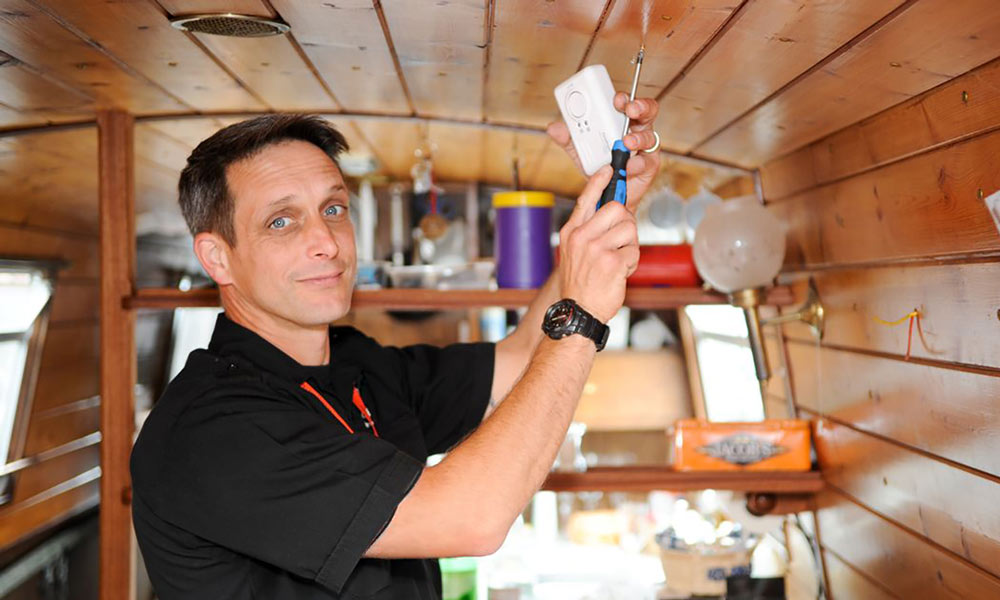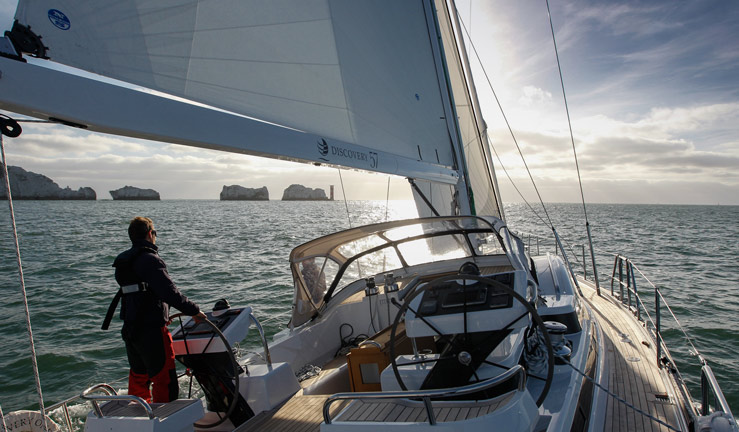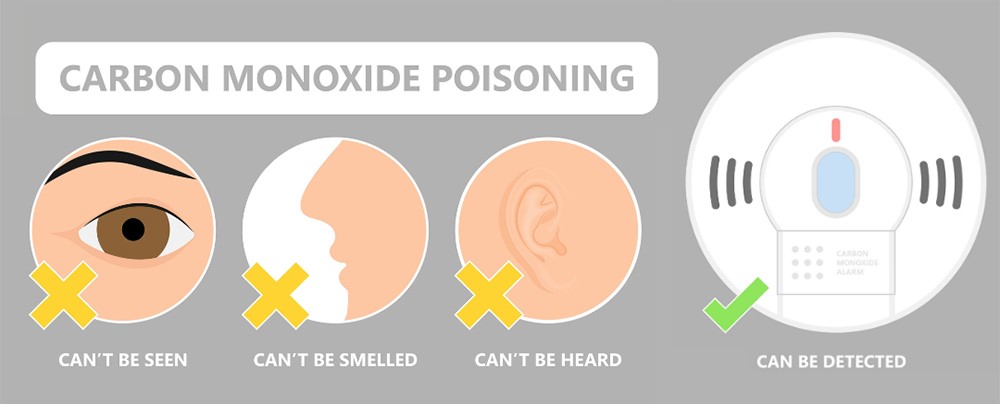Carbon Monoxide Safety
Simple checks and regular maintenance can save lives

Many of us are aware of the danger posed by carbon monoxide (CO) accumulation in enclosed spaces. While most of us take steps to ensure adequate ventilation, particularly in the winter months when using heaters and other fuel burning devices. It’s important to remember this is not a problem which is exclusive to enclosed spaces and it can be a real hazard, even in open cockpits when stationary or moving at slow speed.
To keep yourself and others safe make sure you know the danger signs and precautions to avoid a carbon monoxide incident whatever the time of year.

Carbon Monoxide
There have been a number of carbon monoxide poisonings resulting in fatalities in recent years. However, there is now evidence that the carbon monoxide poisoning is not only limited to enclosed spaces where it can accumulate without adequate ventilation.
People sitting at the stern just forward of the transom on open power boats operating at low speed may be at risk from something known as the “station wagon” effect. This is a phenomenon in which emissions from a boat’s exhaust accumulate behind the boat. These emissions can also travel back into the boat due to pressure differential, usually when the boat is underway.
Open air CO fatalities have been reported in the US. One involved a fatality of an individual who was sunbathing on an air bed tied to the stern of a motor cruiser who was overcome by carbon monoxide from a generator exhaust nearby. So be aware and take care!
Carbon monoxide is colourless and odourless. When breathed in, it mixes in the bloodstream and prevents the blood from bringing oxygen to the brain, body tissues, and organs and can cause them to fail and die. The first signs can be headaches, dizziness, tiredness, and sickness.

Your gas safety checklist
- Check your gas appliances regularly. Gas appliances should be safety checked and serviced regularly by qualified Gas Safe registered engineer.
- Never obstruct fixed ventilation openings. The ventilation requirements have been calculated to suit the LPG appliances as installed.
- Do not use the stove or oven for space heating.
- Never leave a craft unattended when open flame LPG consuming appliances are in use.
- Look out for fellow boaters. Some people may be unaware or unable to carry out what they need to do to keep safe. Help your boating community by checking with friends that they have their appliances checked and serviced regularly.
- Check for warning signs that could indicate your appliances are not working correctly. Signs may include lazy yellow/orange flames instead of crisp blue ones, black marks on or around the appliance, a pilot light that keeps going out and too much condensation in the room.
- Install an audible carbon monoxide alarm. Check they are marked EN50291 and display the British Standards’ Kitemark.

Remember...
To report a gas or carbon monoxide emergency, call the National Gas Emergency Service immediately on 0800 111 999.
For more information on carbon monoxide and how to avoid a carbon monoxide related incident, take a look at the RYA Safety hub.
We also recommend you read the Boat Safety Scheme's advice on carbon monoxide alarms for boats.
